Facts About Water Freezing
Water, when it freezes, changes from liquid to solid. As the temperature drops, the molecules become less energetic, moving more slowly, until they reach a point at which the molecular structure changes, followed by the transformation into ice, or solid water. Unlike most substances which shrink in volume as they freeze, water expands since ice’s molecular structure takes up more space than water. Conversely, when you heat water, the molecules become more excited until they reach the point where the water vaporizes and becomes steam.
There is a misconception that if water can be kept moving, it won’t freeze. Wrong! Water freezes at 32°F (0°C). Period.
Since the expansion of water as it freezes is a fact of life, what things should we know about this process in order to create effective means of dealing with it in industry? Water that has frozen in piping systems does more than simply clog the system and shut off the flow. Because ice takes up more room than liquid, when freezing occurs in a confined space like a steel pipe, the ice will build up extreme internal pressure which is often enough to break the pipe and its associated valves and fittings.
Damage from a burst pipe or valve can escalate beyond just replacing the broken parts, into labor costs for the repair and time/money lost from “down-time” in the affected area. Before effective measures can be taken to prevent such disasters, we need to learn about and understand what is happening.
The Physical Principles of Freezing
What are the underlying principles that determine whether the water in a given device (pipe, valve, etc.) will freeze? We already know that water freezes at 32°F. To arrive at this temperature, heat must be removed (transferred) from the water (Remember – heat always travels from high temperature areas to lower temperature areas). Heat transfer, or the removal of heat from one place to another (i.e. from the 45°F water inside a pipe to the 25°F air outside a pipe) is one of the basic laws of nature. Heat is a form of energy. Others include chemical, electrical, mechanical and nuclear, and each is convertible from one form to another. In the USA, heat is usually measured in BTUs, or British Thermal Units. One BTU is the amount of energy which, when added to one pound of water, will raise the temperature of that water by one Fahrenheit degree (as from 65°F to 66°F).
Click here to read the full article “Basics Of Freezing“


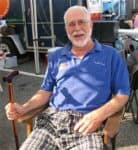
 The
The 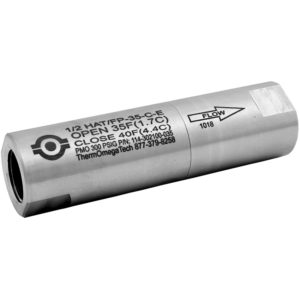

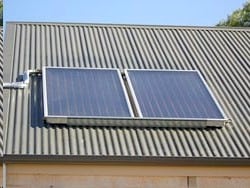
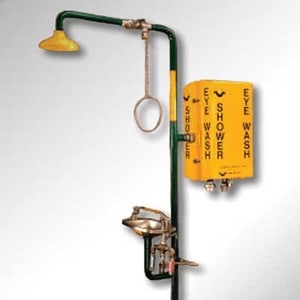
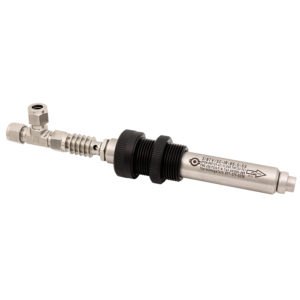
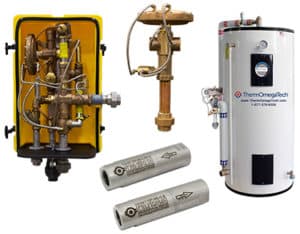 Keeping your safety shower working at optimum performance is important, no matter what time of year. However, cold winter temperatures can make this especially difficult. Water can freeze in supply lines, clogging the system and shutting off flow. And because water expands as it freezes, internal pressure in the line can increase enough to break steel pipes and their associated valves and fittings. The result can be costly replacement parts, in- creased labor costs, and a shower that’s out of commission while it’s being repaired.
Keeping your safety shower working at optimum performance is important, no matter what time of year. However, cold winter temperatures can make this especially difficult. Water can freeze in supply lines, clogging the system and shutting off flow. And because water expands as it freezes, internal pressure in the line can increase enough to break steel pipes and their associated valves and fittings. The result can be costly replacement parts, in- creased labor costs, and a shower that’s out of commission while it’s being repaired.